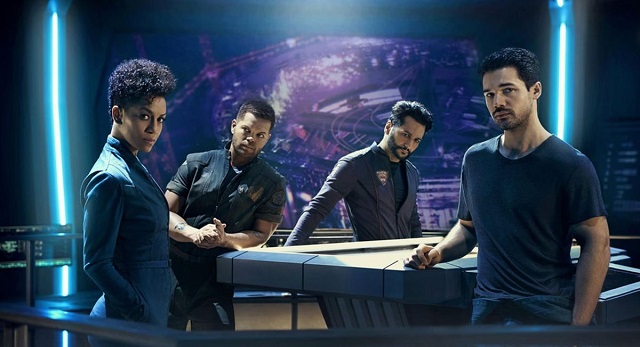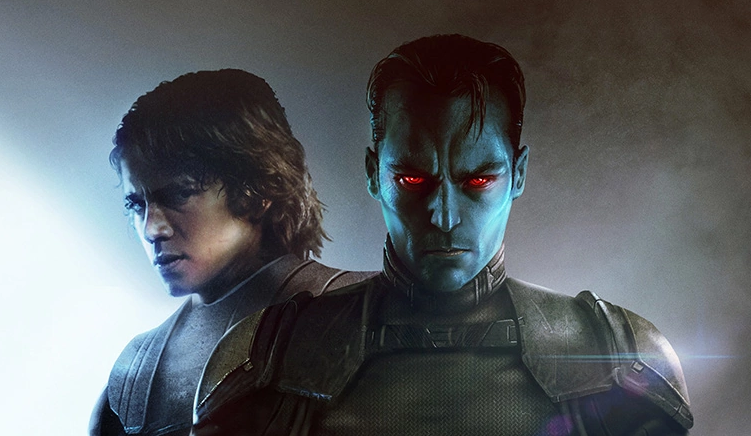
Often, I feel like reactions to more Thrawn content roughly parallel the reactions to more Clone Wars or prequel-era content. Those who are big fans say ”yes, more of what I like please!” while those who are not either express dismay, boredom, or the exact opposite sentiment of the fans: “ugh, more of what I don’t like.”
At first blush, it’s easy to see Thrawn: Alliances as an attempt to capture a bigger audience than just fans of Thrawn or fans of The Clone Wars. I think that’s a little too simple though – for one thing, there are people who are fans of both and see the whole thing as a false dichotomy. For another, cynicism doesn’t write books (at least not good ones) – interest in telling a story does. And if there was thought put into what the fans wanted, it was probably with the intent of delivering a story people would like as opposed to thinking of ways to make people open their wallets.
So why did I bring up a false fandom dichotomy and a cynical sales theory in the first place? Well, I think there’s something there – but it’s not about fanservice or personal storytelling preferences. It’s about the idea of “more of the same” and how the combination of more Thrawn and more Clone Wars produced something new. This story is strongest when the Clone Wars setting and the character of Thrawn are put together – with the result that we also get a pretty good portrayal of Padmé Amidala and Anakin Skywalker in a storyline that wouldn’t feel out of place as a mini-arc in The Clone Wars. Maybe you bought the book for Anakin or for Thrawn, but you may end up enjoying how the rest of the book sheds insight on those characters. Personally, I went in excited about both Imperial intrigues and Padmé — but I ended up appreciating how it all came together.
I avoid major plot spoilers below — but the Padmé section (“The Senator of Naboo”) has plot details you may not want to read until you’ve finished the novel.
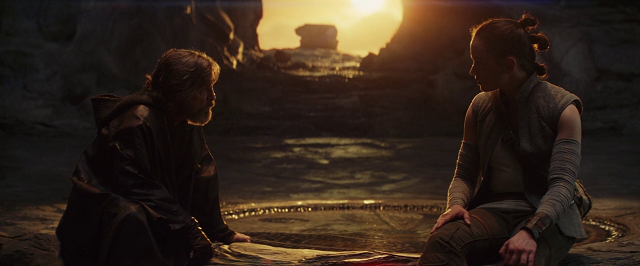
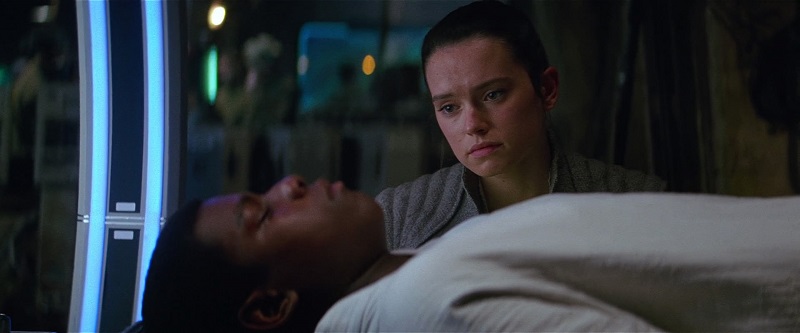
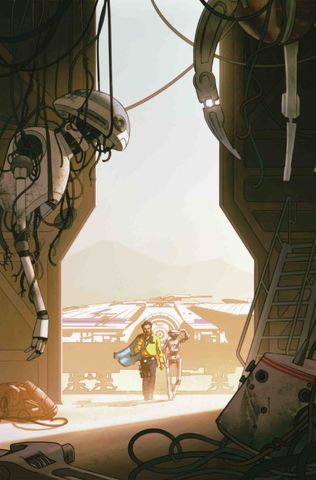 In Solo, we’re introduced to a fascinating new character. She’s all about liberation: she knows the plight of her people, she knows what’s holding them back, and she’s excited and able to fight for her own liberation – and others’. She will not let people in power, either over her or over others, rest easy in their oppression. They will be challenged at every turn. She is not afraid to use her strength against people who fight her and oppress her kind.
In Solo, we’re introduced to a fascinating new character. She’s all about liberation: she knows the plight of her people, she knows what’s holding them back, and she’s excited and able to fight for her own liberation – and others’. She will not let people in power, either over her or over others, rest easy in their oppression. They will be challenged at every turn. She is not afraid to use her strength against people who fight her and oppress her kind.